About Tunisia
Tunisia challenges stereotypes about African countries. In addition to familiar landscapes of palm trees, magnificent sandy beaches, azure coasts and lifeless dunes of the Sahara desert, there are coniferous and cork forests, green hills, cliffs and rocks which are located in the northern part of the country. The smell of croissants, French speech and blue-eyed Tunisians don’t coincide with the typical image of Africa. Tunisia preserves century-old history, though ancient cities and historical sites are deserted, almost free from crowds of tourists. Only few people know that 8 UNESCO heritage sites have been preserved on the territory of the country and 12 more are going through the approval process.
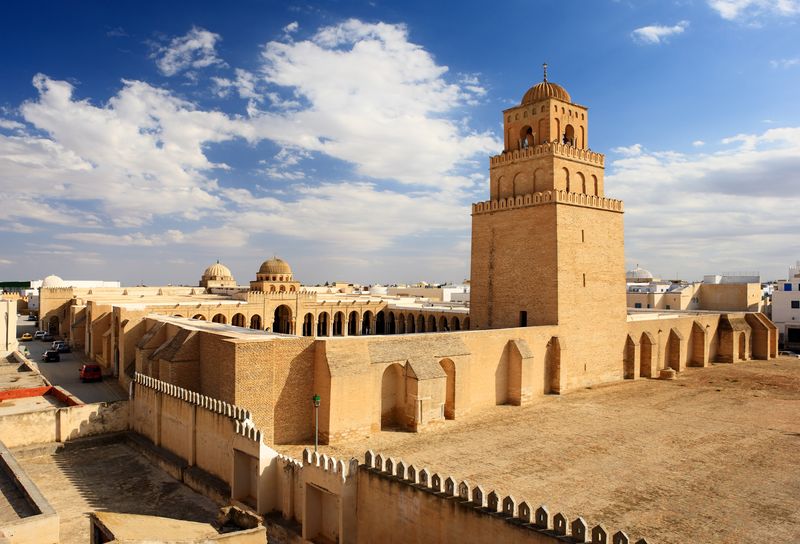
Location and Nature of Tunisia
The republic is a part of the Maghreb region of North Africa, it is one of the smallest countries of that part of the continent. The total area is 163 610 km2, including the island of Djerba. The country is boarded by the Mediterranean Sea to the north and east, the length of coastline is 1148 km. Tunisia borders Algeria on the west and Libya on the southeast.
Nature and terrain of the country are contrasting. If you go from the southern lands to the northern ones, you can notice that the scenery begins to resemble the rural landscapes of secluded French or Italian provinces.

The North
The terrain in the northern and western regions is mountainous, as the Atlas Mountains rise there. The highest peak is Jebel ech Chambi with an elevation of 1554 meters. When you get to this part of Tunisia, you involuntarily forget they you’re in Africa. Here there are numerous lakes and mineral springs, valleys of overgrown pink oleanders, dark-green forests of cedars and cork oaks, aspens, alders, and willows.
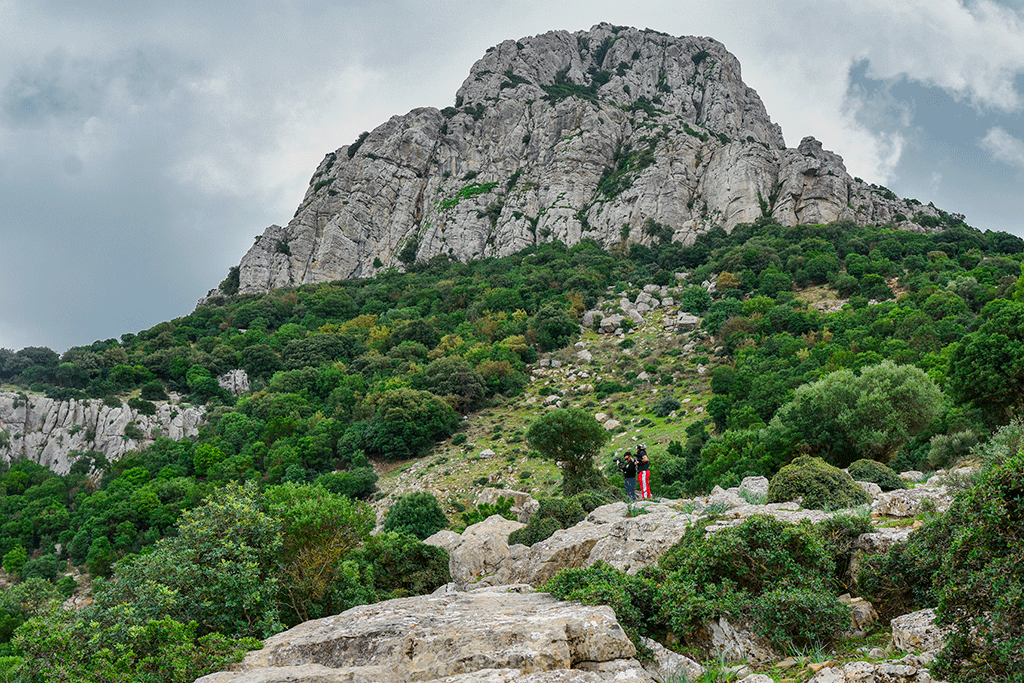
The South
Beyond the mountain ranges, in the direction of the southern part of the country there is a series of salt lakes, known as chotts, which lie at the northern edge of the Sahara Desert. In Arabic “a chott” means “a coast”, the biggest salt lake is Chott el Djerid. Chotts were formed due to the arid climate and saline soils, a special type of soil rich in easily soluble salts.
The Sahara Desert covers from 33% to 40% of the country’s area, depending on the aridity in a certain period of time. The serene and majestic expanses of the Sahara are decorated with one of the most picturesque oases on the planet – the Shebika oasis, located in the province of Tozeur, at the foot of the Jebel El Negub mountain. By the way, the village of Tozeur was a shooting location of the film “The English Patient”.
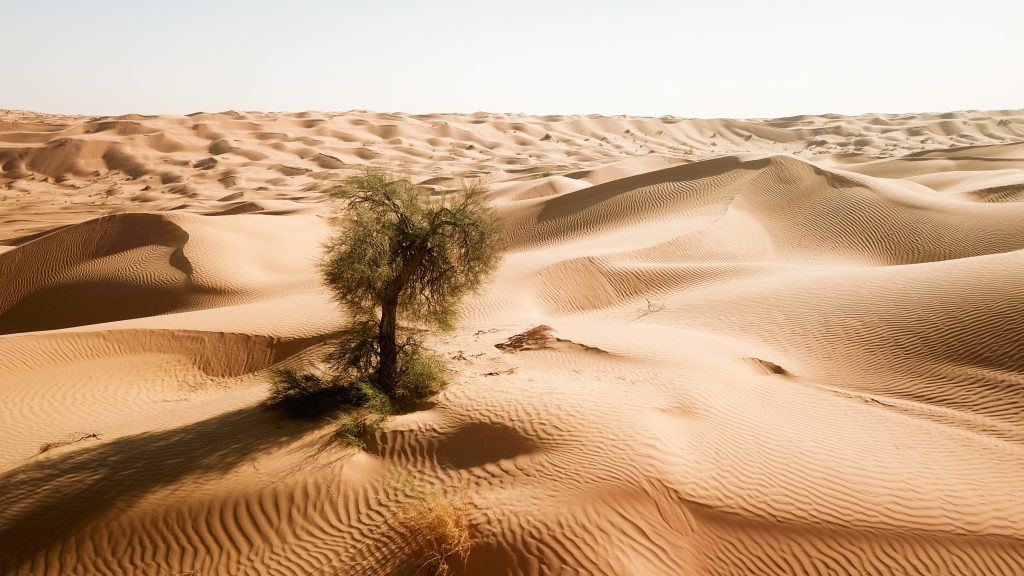
Water Resources
The main water resources are located in the northern part of the country. Quite large sources include the Medjerda river, fed by numerous tributaries, and lakes Bizerte (12 000 ha) and Ichkeul (10 000 ha). Thus, the North of Tunisia has good rainfalls, the annual precipitation is more than 400 mm, which provides 82% of the population with fresh water.
Population and Language
Berbers are recognized as the indigenous inhabitants of this region. In the traditional dialect “Berber” sounds as “Amazigh” which means “a free man”. Nowadays Tunisia includes features of many civilizations that had lived on its lands and assimilated here, such as Phoenicians, Romans, Arabs, Ottomans, and French. The population mainly consists of people of various and mixed Berber and Arab origin. About 98% of the inhabitants are identified as Arabs and only 1% are Berbers living in the Jebel Dahar mountains and on the island of Djerba. According to the UN, the population is estimated at 11.8 million people by 2020.
The main languages are a Tunisian dialect of Arabic and French, which is more often used as a business language. The Berber dialect is spoken by a very small number of people and only in 6 cities. Many Tunisians also speak Italian, German, English, and have been actively studying Russian in recent years.
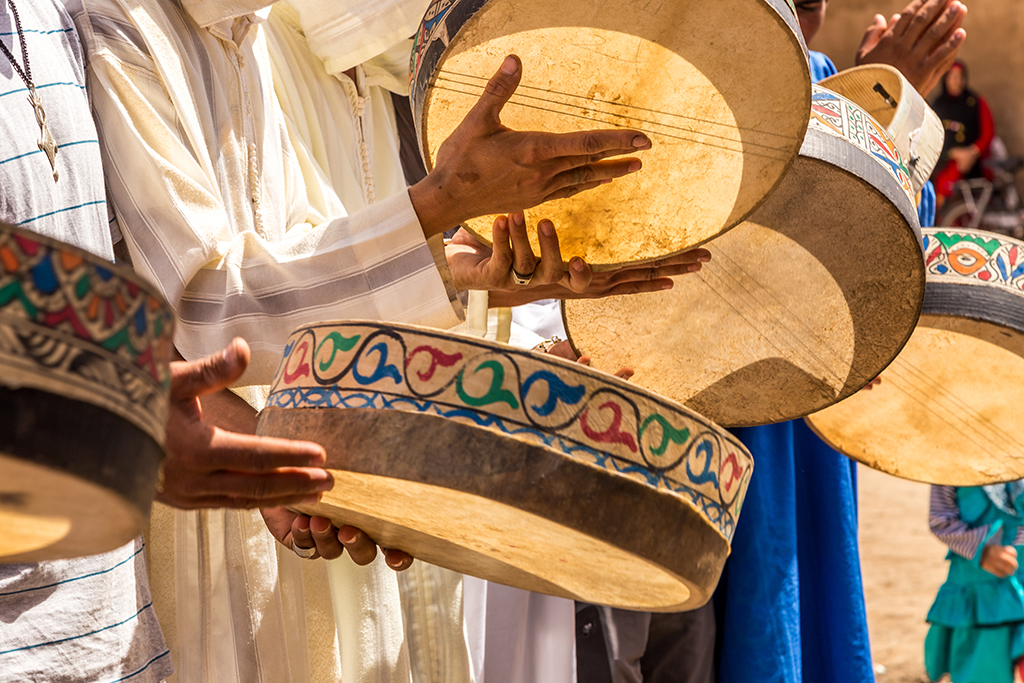
The Capital of Tunisia
Tunis is the capital and economic, trading and the main transportation center of the country. The city was chosen as the capital in the XIII century due to its convenient location: from the one side it was protected by a lagoon, from the other one – by a lake, which greatly facilitated the defense. Today it is a rapidly developing modern metropolis. Companies and banks’ offices, as well as multistorey apartment buildings are concentrated here, and a modern hectic lifestyle, typical of all the capital cities, distinguish Tunis from other provincial cities. The historical heart of the city is the medina which is the largest in Tunisia, it has a complex radial-centric structure, diverging from the central objects – the Grand Mosque and the Kasbah fortress. There is an oriental bazaar in the medina.
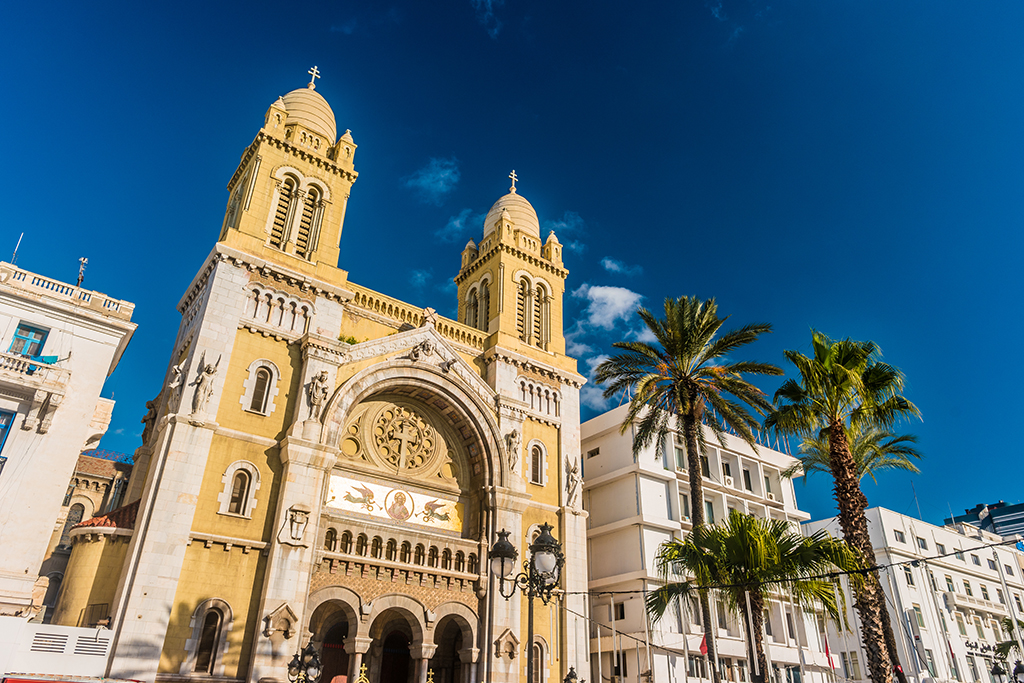
Industrial, Resort and Historical Areas
Tunisia is one of the most popular resorts. Regions featuring many hotel complexes for beach holidays are located along the coastline, closer to the south. These are cities such as Hammamet, Sousse, Monastir and Mahdia. The latter are more provincial with a slow pace of life. Hammamet and Sousse enjoy a developed tourist infrastructure and are more suitable for active holidays. There are only few beaches in Tunisia which have both rocky and sandy features, while large magnificent gently sloping sandy beaches are a trademark of the country. The main thalassotherapy centers are located on the coast. In October and May Southern Tunisian resorts attract tourists mostly for taking a calm holiday and receiving treatment.
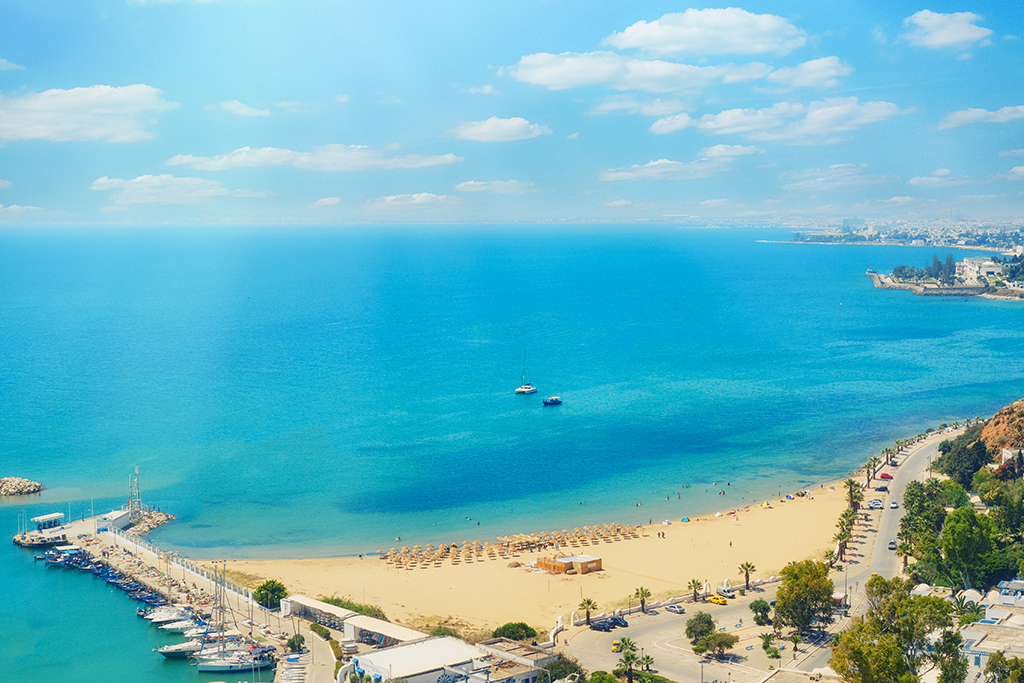
Industry is developed in three zones. The first one is Sahel, car and textile enterprises are concentrated there. The second industrial zone is Cape Bon where fishing is widespread. The third zone covers the southern territories where phosphates and salt are extracted. Agriculture is developed in all three zones.
Historical sites:
Kerkouane is the best-preserved Punic city in North Africa.
Utica is the first Phoenician city in Tunisia, the only skeleton of a Phoenician in Tunisia was found here.
Dougga is the city of the Roman era, the best preserved in North Africa.
The Bardo Museum is located in the vicinity of the capital, where the richest collection of Roman mosaics in the world is held. Mosaics help the scientist to study and describe the history of the Roman period.
In the city of El Jem, on the site of the ancient settlement of Thysdrus, there is a Roman amphitheater of the same name, which is the third largest in the world.
Sbeitla is the largest monument of early and late Christianity.
Kairouan is a preserved city of the Arab era, the great Okba Mosque is also located here.
Testour is an Andalusian small town distinguished by another great mosque.
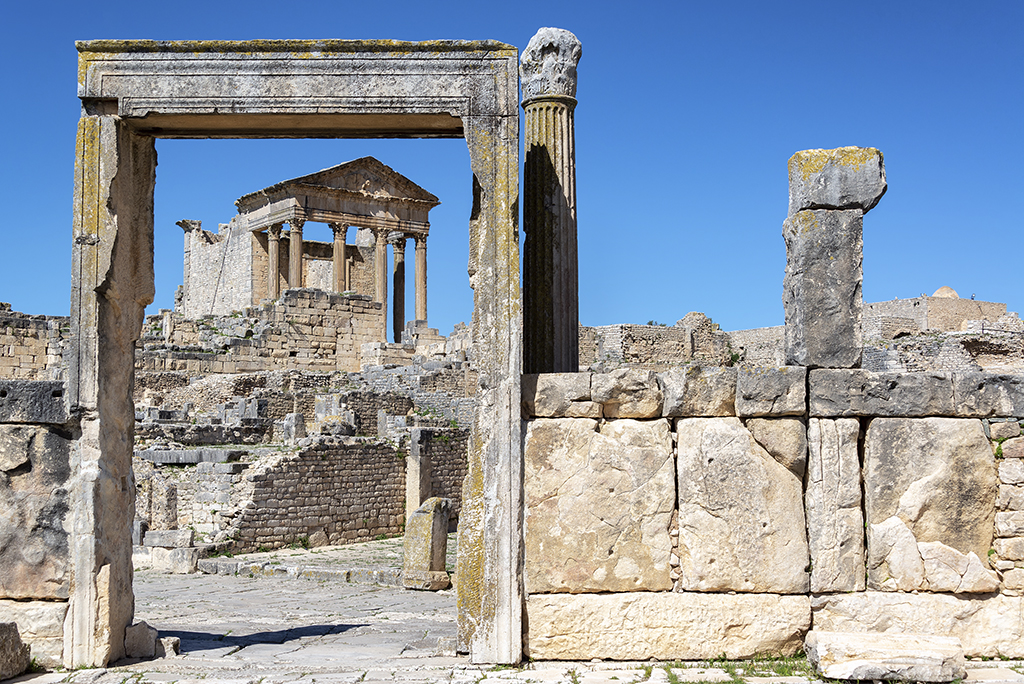
Weather conditions
Climate varies from region to region: it is a comfortable Mediterranean one in the North, dry and hot in the South. The average air temperature is 8-12°C in winter and 30-33°C in summer.
Due to its geographical position, the Tunisian climate is affected by the sea and Sahara winds. The northern coast is exposed to winds blowing from the south of France, which cause a significant drop in temperature and an increase in precipitation, especially in winter. In the south, hot and dry winds blow over desert areas and over plains. In spring and summer, Sirocco (the so–called Chehili) comes from the Sahara desert.
The hottest months are the end of July and August, but the temperature rarely rises above 37 degrees. A light breeze constantly blows from the sea and even the hottest months are very comfortable for recreation.
It rains from time to time but heavy rains are rare. More often light rains are quickly changed by the sunny weather. The rains are more abundant in May, September, October and in winter.
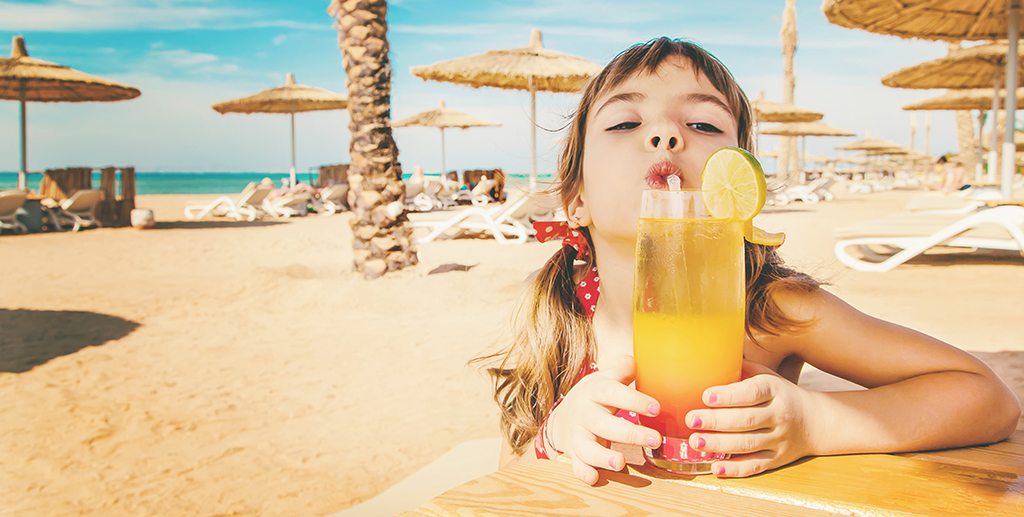
Transport
Well-developed transport infrastructure allows you to travel without any difficulties. Regular buses, minibuses and trains run between the regions. The average fare is about 7-15 Tunisian dinars (TND) for a trip between two cities.
The most popular means of transportation is a taxi. The average cost of 1 km is 1 TND. Minibuses are also available in the cities, their routes pass through the central streets and the fare is 1-2 TND. There is a light metro in the capital of Tunisia, the line connects Tunis Marine station with the suburb of La Marsa, the length of the tracks is 43 km. The fare is 1-2 TND.
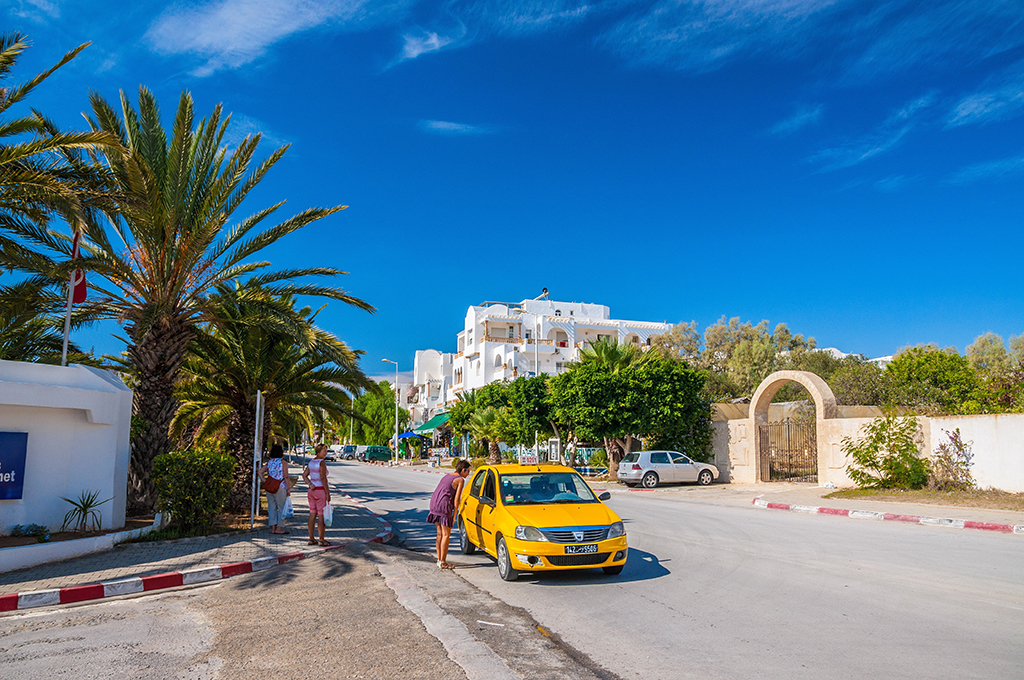
Religious Tolerance
Islam is the main and official religion. The vast majority of Tunisian Muslims are Maliki Sunnis, the rest are Hanafis.
Christians and Jews are very few in number, but this country is characterized by its tolerance and openness to other cultures that have made it peculiar. For exapme, the Griba Synagogue, one of the oldest on the planet, is located on the island of Djerba, and it is constantly used. Many Jews of Tunisian origin consider it to be a site of pilgrimage. Celebrations are held every year because of the legend that it was built using stones from the temple of Solomon.
Tunisian Constitution of 2014 provides freedom of religion as long as public order is maintained.
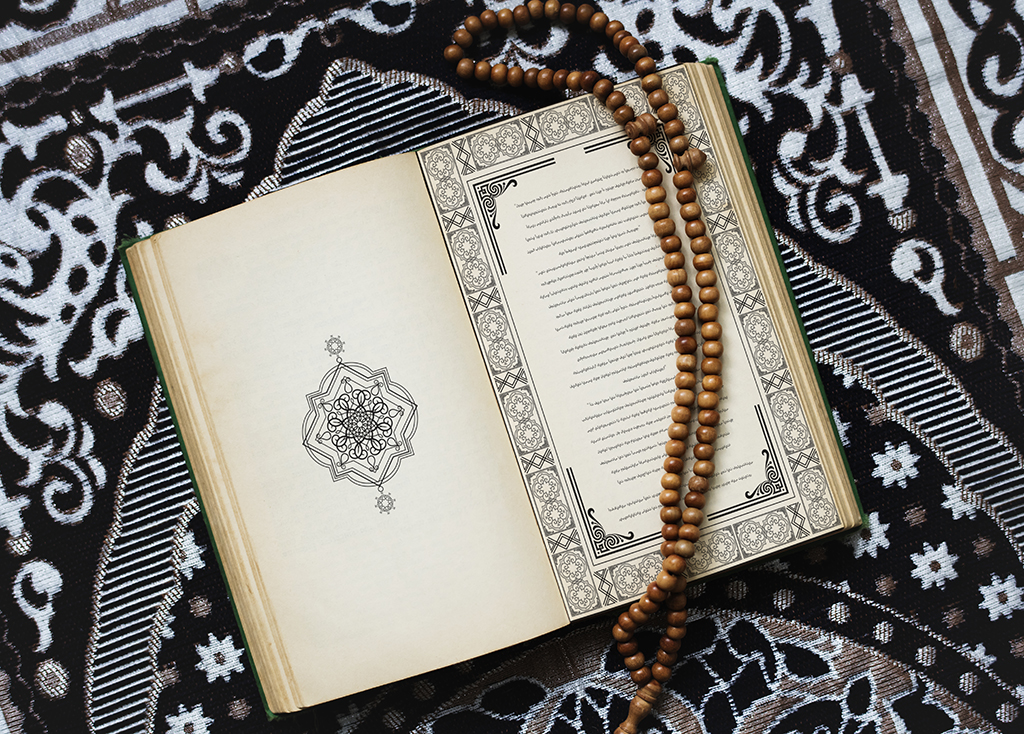
Administrative structure
On March 20, 1956, Tunisia declared full independence from France. And a little over a year later – on July 25, 1957 – the parliament voted for the abolition of the monarchy and declared Tunisia a republic. Habib Bourgiba, the leader of nationalists, became the first president of Tunisia. Since that time the country is governed by a president, who can be re-elected every 5 years. Tunisia is a semi-presidential constitutional republic. The legislative branch of government consists of the Assembly of the People’s Representatives: it is a unicameral parliament, which is elected every 5 years.
A government is the executive branch. It includes the minister of defence and the minister of foreign affairs, who are appointed by the president on the proposal of the prime minister, all the other ministers are appointed by the government. There are about 200 political parties in Tunisia.
The territory of the country is divided into 24 governorates. Each governorate is headed by a governor, appointed by the president. Three institutions assist them: a local development council, village council and neighborhood committee.
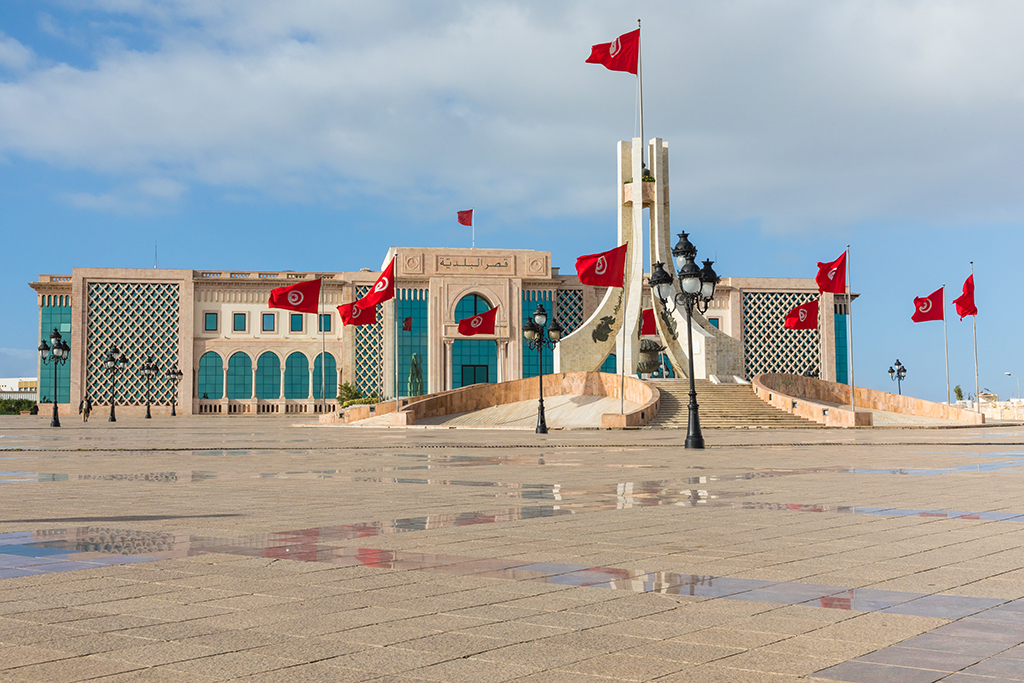
Currency Exchange
The dinar (TND) is the currency of Tunisia. It is a criminal offence in Tunisia to export dinar. There are no limits to the imported dinars but every year, each citizen can convert into foreign currency up to 6,000 Tunisian dinars before departure from the country. Payment is accepted only in dinars. USD or EUR are most often imported for exchange. Currency exchange points are located in hotels and banks.
The leading banks of the country are Banque de Tunisie and BIAT Banque. The banks’ websites provide information on the current exchange rates which are set by the banks and are almost the same throughout the country.
It is possible to withdraw dinars from foreign credit cards at ATMs, the commission of local banks on average does not exceed 10 TND. It is recommended to check with the card-issuing bank in advance the order and conditions of card service in Tunisia.
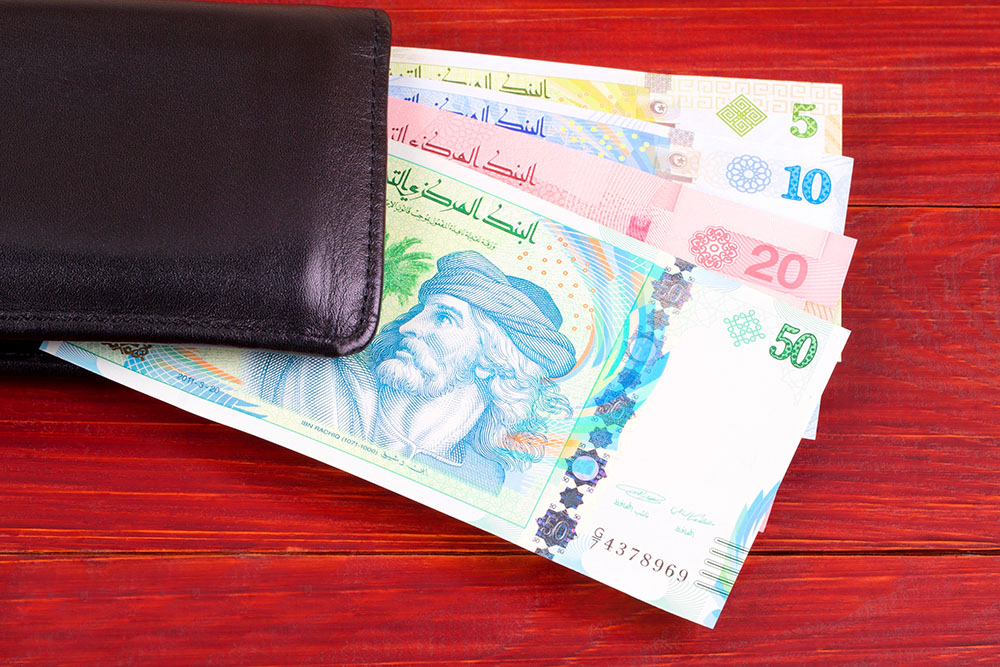
Main Economic Resources
The agricultural sector is the backbone of the economy, it accounts for 12,3% of the GDP. The cultivation of the land covers 4,9 million hectares, of which 1,6 million hectares are allocated for the cultivation of grain corps, especially hard wheat, and 1,6 hectares are provided for olive trees. The republic is the fourth exporter of the olive oil in the world. Moreover, it exports dates, citrus fruits and seafood.
The industry is the second major part of the Tunisian economy, especially the textile industry. Until 2003, Tunisia was on the fourth place in the rating of the textile products suppliers to the European Union.
Tourism is the third major economy sector, accounting for 6,5% of the GDP.
Mining is the fourth in the list of economic resources of the country. There are large fields of phosphates in the regions of Tunisia. In 1999, the country was the fifth world producer of phosphates with 5,5% of the total world production.
Transport industry also plays an important role in the economy of Tunisia. There are 7 commercial ports in the country. Port La Goulette receives about 450, 000 cruise ship passengers per year. There are also 13 airports in the country, 8 of them are international ones. Railway transport provides more than a third of national transportation on the internal network of railways with the length of 2,167 km.
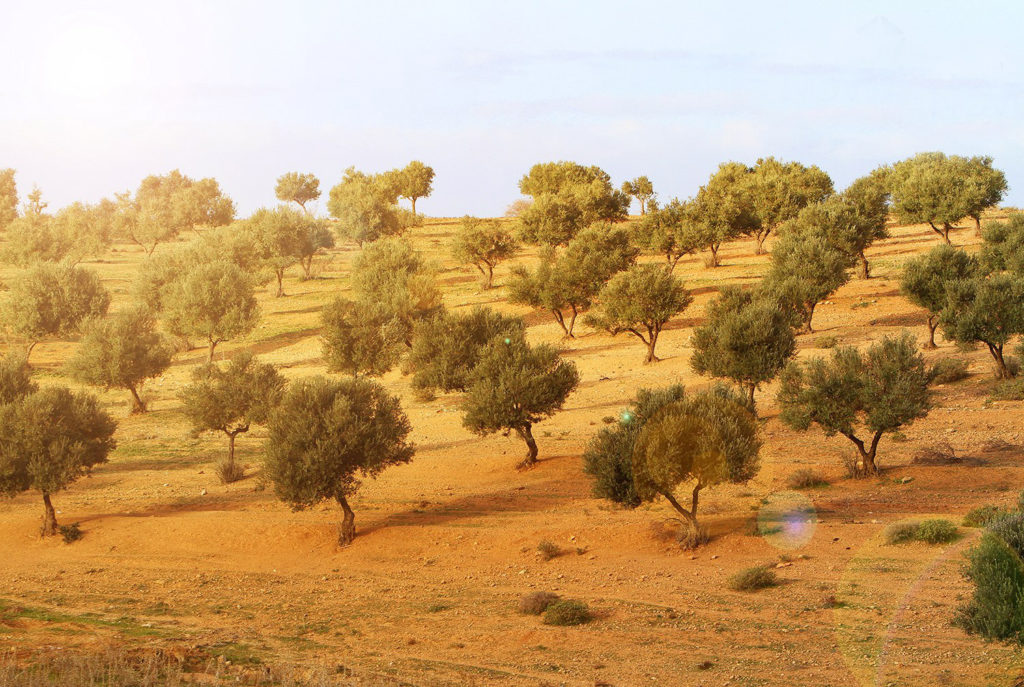
Education
Kindergartens are socio-educational institutions for providing pre-school education for children from 3 to 6 years old. Basic education from 6 to 16 years of age is divided into two distinct stages: 6 years of primary (school) and 3 years of preparatory education (lower secondary in a college). Basic education in kindergartens, schools and lyceums is compulsory and free.
Higher education is not compulsory. To get enrolled at university, the candidates have to pass the Bac exam. An applicant is required to score certain qualifying points to apply for free university education.
In addition to state educational institutions, private kindergartens, schools and lyceums are available to citizens.
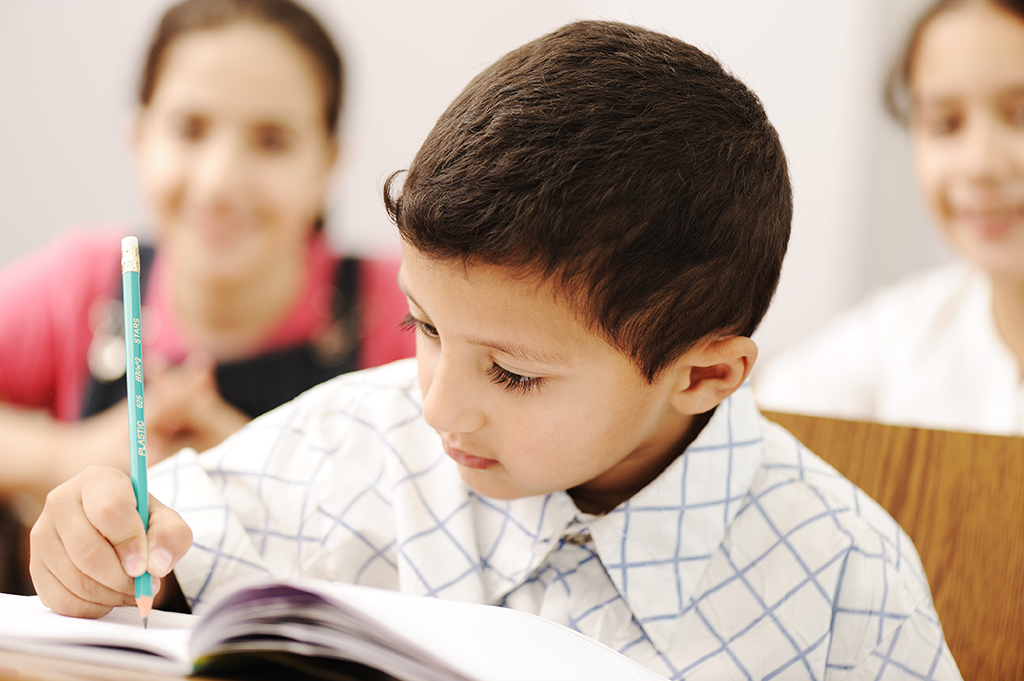
Medicine
French influence transformed the healthcare system. At the moment, the level of provided medical services is quite high and is not lower than in Europe. For Tunisians, the service in public medical institutions is almost free, to make an appointment with a required specialist, you need to pay just 10 TND. For officially-employed citizens, extended medical insurance is available for all family members. In addition to public clinics, a large number of private doctor’s offices are available to Tunisian people.

Historical Heritage
Due to its convenient location in the heart of the Mediterranean basin, the land became the bone of contention between successive great powers, each of which left its own historical and cultural footprint.
Pre-Punic period
In the vicinity of the city of Gafsa, in the village of Hetera, the very first elements of human culture were found, they were the evidence of idolatry.
The first culture that came to the territory of Tunisia is the Capsian one. It is dated approximately 150,000 – 90,000 years BC.
About 5,000 years BC, the Berber culture originated, which became indigenous to the people of the northern part of the continent. At that time, the Berbers were engaged in agriculture and cattle breeding.

The arrival of the Phoenicians (11th-8th centuries BC)
In the 11th-8th centuries BC, the Phoenicians established their colonies. Many cities were built, Carthage remains the most famous. The Phoenicians brought pottery, glass-forming technology, the alphabet, and commodity-money relations. Among the modern cities that were founded by the Phoenicians there are Sousse, Hammamet, and Mahdia. There are almost no traces of the Phoenician era, the Romans have erased all traces of the greatest power.
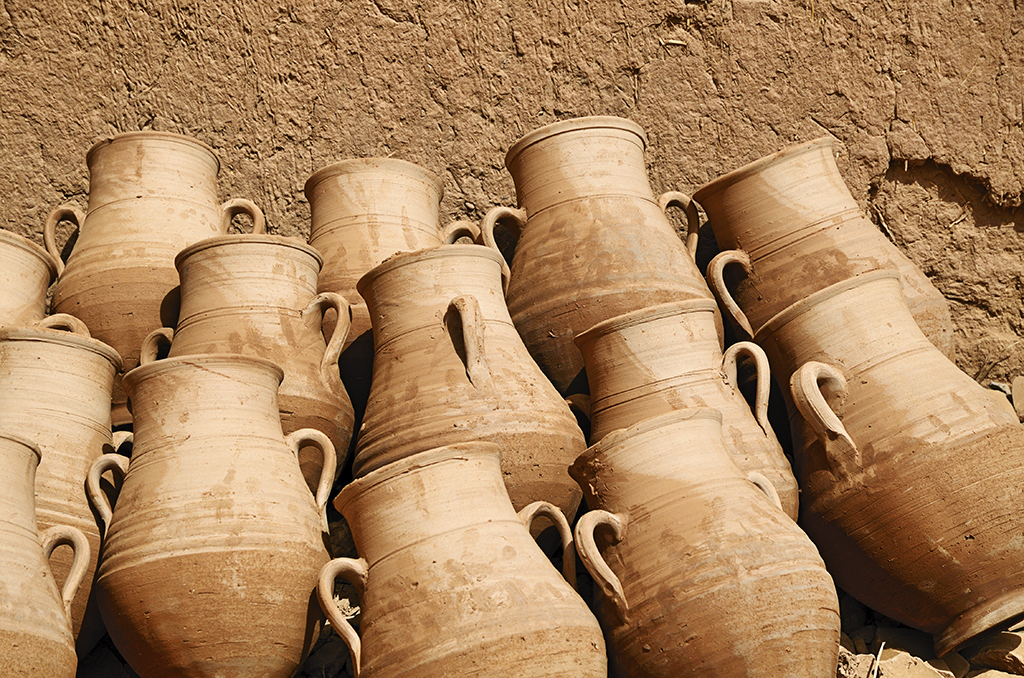
The Roman Era (439-146 BC)
After several centuries, Carthage became the strongest power in the Mediterranean, and that provoked a conflict of interest with another great empire. The Romans were trying to conquer Carthage from 264 BC to 146 BC, and three Punic wars took place. During the Third Punic War, in 146 BC, Carthage was besieged, captured and completely destroyed.
The Romans destroyed, looted and rebuilt many cities. The country’s lands have preserved a rich heritage of the Roman era: there are about 30 archaeological parks, the largest Roman amphitheater in Africa, one of the longest aqueducts in the history of Rome, many Roman mosaics.
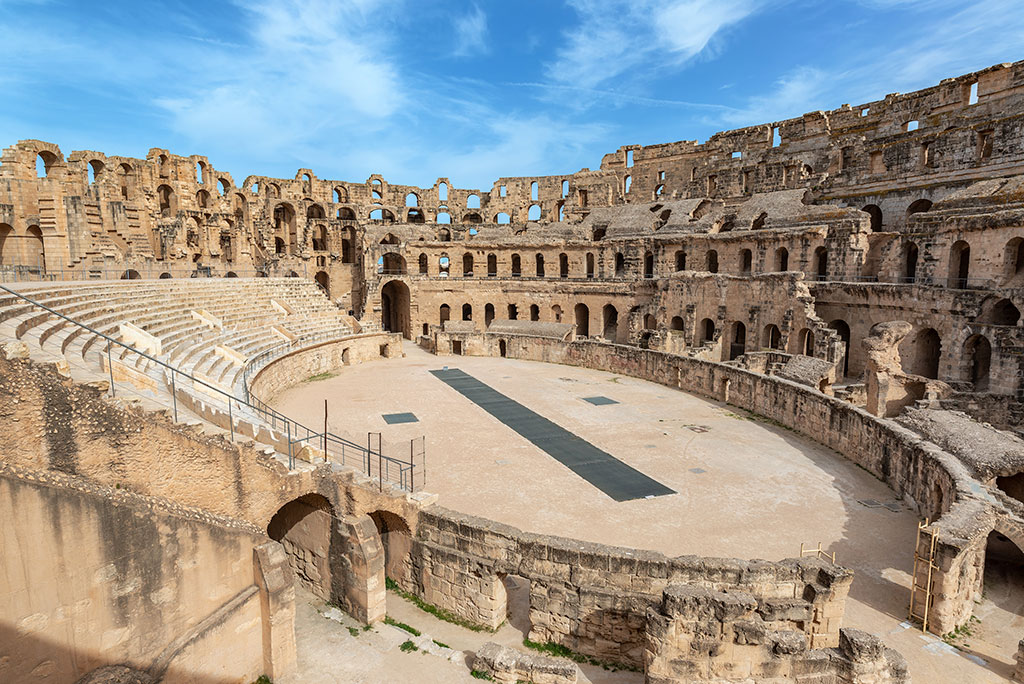
The Arab Era (645-1574)
The Arab conquest lasted for about 100 years, during which 3 large-scale invasions were carried out. It was the bloodiest time in the history of the country, millions of people died or fled. The lands changed beyond all recognition, rich coastal cities have ceased to exist. The Arab era brought to Tunisia the Arabic language and Islam. Architecture of that era survived to this day. The Great Mosque is located in Kairouan, which is considered to be the oldest shrine and the most important mosque of the Muslim West, and Kairouan itself is the fourth holy city for Sunni Muslims.
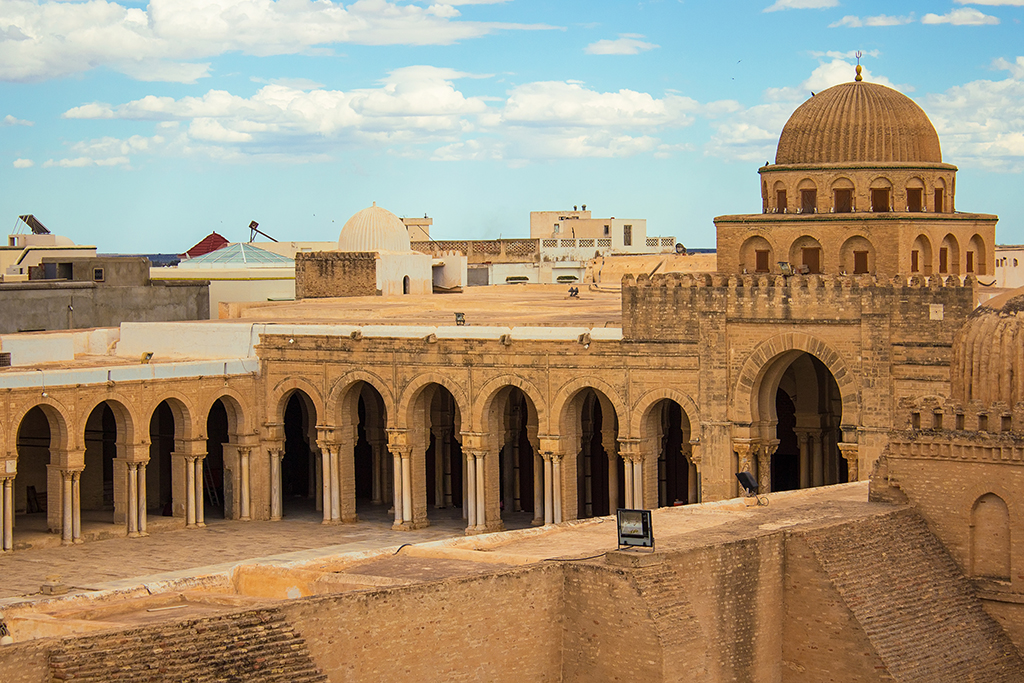
The Ottoman period (1574-1881)
In 1574, Tunisia was conquered and came under control of the Sultan of the Ottoman Empire. In 1705, a coup took place and the Ottoman Empire transferred control over the country directly to the local Beys, who ruled the state until 1881. Turkish culture left behind a legislative system, architecture, elements of clothing – for example, the famous traditional red caps. The Ottomans implemented the first constitution. One of the interesting legacies of the Ottoman period is mixed family names (as a result of mixed marriages), city names and Ottoman addresses.
In 1881, French soldiers approached the borders of the state, the Ottoman Bey signed the Treaty of Bardo without the actual invasion of the French army. From 1881 to 1956, the country was ruled by Beys, but under the protectorate of France. The French have made a significant contribution to the development of the country, brought the medical and educational systems to the European level. They developed mining of phosphate deposits, as well as agriculture and transport industry. In 1956, Tunisia gained independence from the French protectorate.
History absorbed the cultural heritage of many great empires, echoes of various civilizations can still be traced in modern Tunisia, making it unique in historical and cultural aspects.
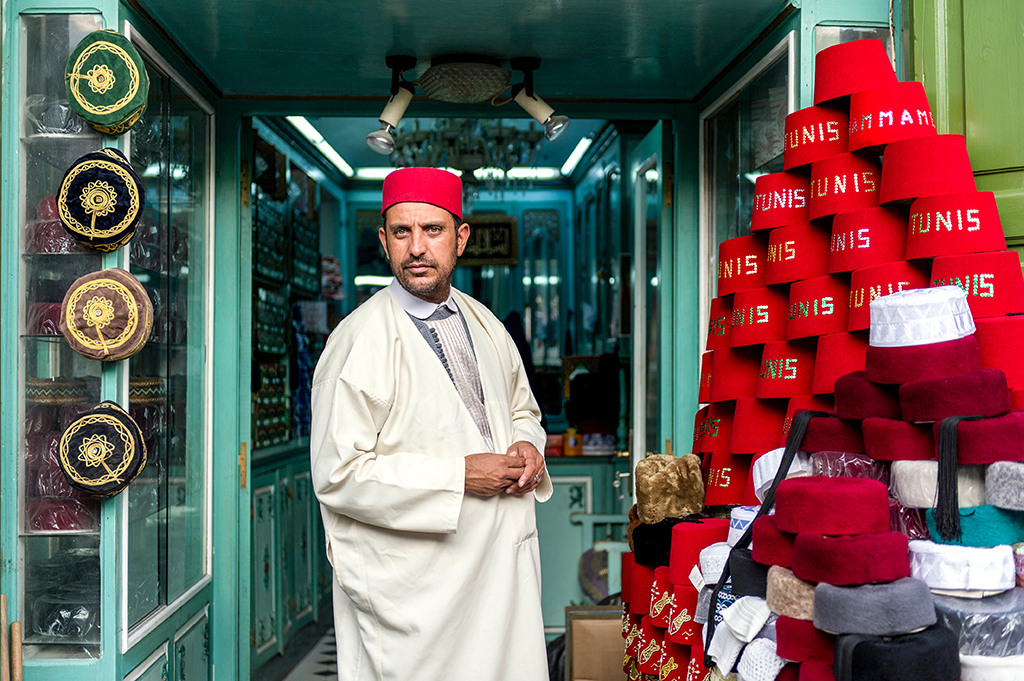
The Republic of Tunisia (1956 to the present day)
On March 20, 1956, the country gained independence. March 20 is celebrated annually as Tunisian Independence Day.
Revolution of 2011
According to the official version, the Tunisian revolution was an intense campaign of civil resistance, which was caused by high unemployment, food inflation, corruption, lack of freedom of speech and other political freedoms, poor living conditions. It was said that trade unions were an integral part of the protests. The protests inspired the Arab Spring, a wave of similar actions across the Arab world.
The catalyst for the mass demonstrations was the death of Mohammed Bouazizi, a 26-year-old street vendor who set himself on fire on December 17, 2010 in protest against the confiscation of his wares and the humiliation inflicted on him by a municipal official named Faida Hamdi. Anger and violence intensified after Bouazizi’s death on January 4, 2011, that eventually made the longtime president Zine El Abidine Ben Ali resign and flee the country on January 14, 2011 after 23 years in power.
The Legend of Carthage
The city of Carthage was founded in 814 BC by exiled Tyrians. According to legend, Queen Dido escaped from her hometown of Tyre after her brother Pygmalion ordered to kill king Sykharbas.
It is said that the queen asked the neighboring lord of Hiarbas, the Berber king, for permission to establish a kingdom on his land. Hiarbas offered her land the size of a cow’s skin. Dido was wise: she cut a piece of skin into the thinnest strips and surrounded the hill with it, later these outlines became the first borders of the great state.
Today, the heritage of the great city is a residential suburb with a population of 17,000 people, where the presidential palace and many residences of ambassadors are located. There is also an archdiocese, Christian basilicas, the El Abidine Mosque, numerous archaeological sites (especially the Roman ruins of the 2nd century) and an important archaeological museum.
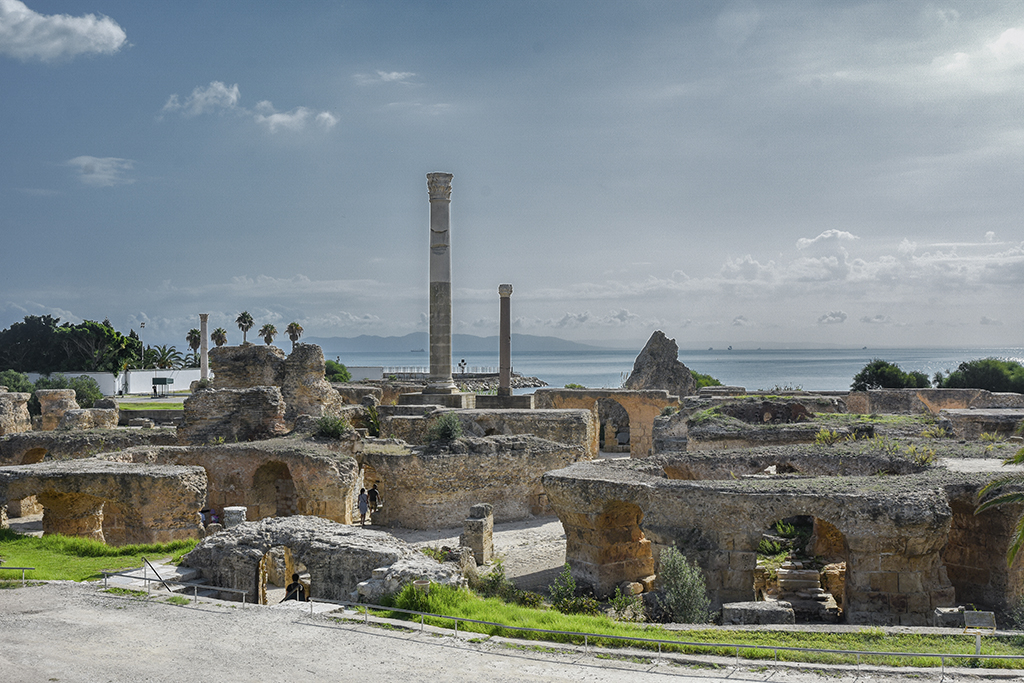
The UNESCO World Heritage Sites
There are 8 properties inscribed on the World Heritage list in Tunisia:
— Medina of Tunis, founded in the VIII century
— Archaeological Site of Carthage, dated 814 BC
— Amphitheatre of El Jem, built during the III century
— Ichkeul National Park, 1977
— Punic town of Kerkuane and its Necropolis, IV-III centuries BC
— Medina of Sousse, IX century
— Kairouan, 670
— Dougga, VI century BC
Cuisine
Tunisian cuisine is the heritage of various peoples who have lived and mixed on its lands. The cuisine is distinguished by the significant use of spices and aromatic herbs, in particular chili, saffron, ginger, coriander, pepper, turmeric or cumin. The dishes are based on local products: fish, lamb and beef, hard and soft wheat, a wide range of fruits and vegetables. The main food is semolina, couscous and pasta.
Pasta is the most consumed dish. Tunisia ranks third in the world after Italy and Venezuela with 11.7 kg of pasta consumed per inhabitant per year. Spaghetti and pasta are usually served with more or less spicy tomato sauce, accompanied by meat, which, depending on the mood and region, is lamb, beef, fish, rabbit or chicken.
The most popular traditional dishes include couscous, brik, fricassee, mloukhia, mechouia, tajin, ojja.
France had a strong influence on the local cuisine, French pastry became part and parcel of Tunisian cuisine. In Tunisia, they know how to cook the tastiest croissants. When kneading the dough, all bakeries stick to the French recipe which includes butter, that’s why a croissant from a local bakery is not worse than the one baked on the Champs-Elysees, so even a person who is completely indifferent to bakery will not be able to resist. At homes, it’s impossible to imagine any meal without fresh hot crispy French baguettes, and each family member eats at least one baguette for each meal.
Local residents have a special attitude to the quality of food, usually they never eat cooked meals on the second day.
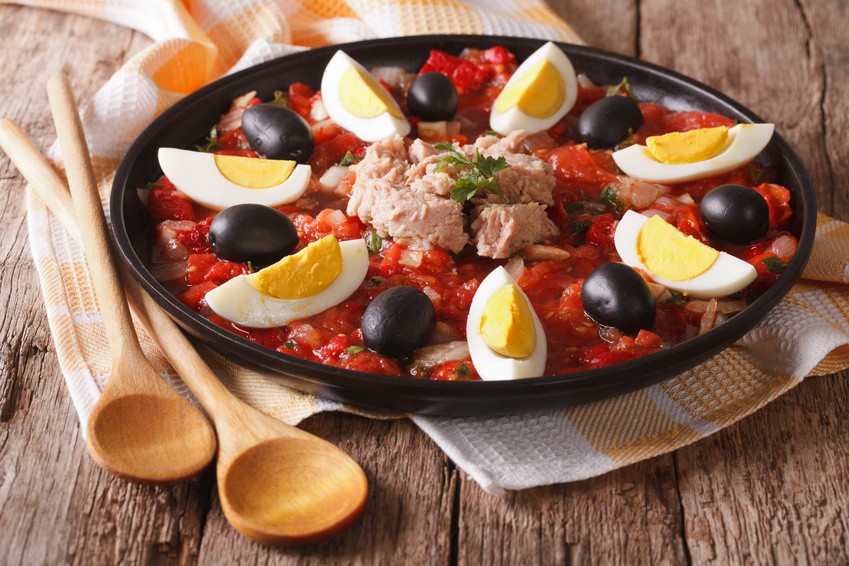
Seafood and Fruits
In Tunisia they cook seafood perfectly. Fresh snails, mussels, shrimps, eels, sea bass, sardines, squid, lobsters, octopus, dorado, sea wolf, tuna are a real feast for seafood lovers.
In Tunisia, it is customary to eat seasonal fruits. Non-seasonal, imported and specially processed fruits are not in demand among the local population. Locals enjoy strawberries in spring and early summer, peaches and apricots in June, figs in July, watermelons until the end of August, autumn is the time of pomegranates, and winter is the time of citrus fruits.

Interesting facts
Bilingualism is common in Tunisia – locals can use words from different languages (Tunisian and French) in one sentence and this is considered to be a norm.
“Boga” is the name of one of the most popular soft drinks. One version of the origin of the name refers to the Russian word “water”. This word was written on the water barrels located on the decks of our ships that stood in the roadstead of the port of Bizerte from 1920 to 1924.
In the forests you can pick mushrooms, there are countless butterflyfish, redheads and boletus, although the Tunisians themselves recognize only champignons.
There are three types of cafes in the country. The People’s Cafe is a meeting place for men to watch football, smoke hookah and talk. It is considered indecent for women to visit such an institution. Mix cafe – women and men can come here. And a women’s cafe, which can be visited only by women.

Brought by the Andalusians in the 16th century, jasmine has become a symbolic flower of the country. After dark, vendors make small bouquets and sell them to passers-by in the streets or to car-drivers at the crossroads. Moreover, jasmine is the subject of a special language. Thus, a man who puts it behind his left ear indicates that he is single. Furthermore, the flower of white jasmine is considered to be a symbol of love, while the flower of winter jasmine without smell is a sign of impudence.
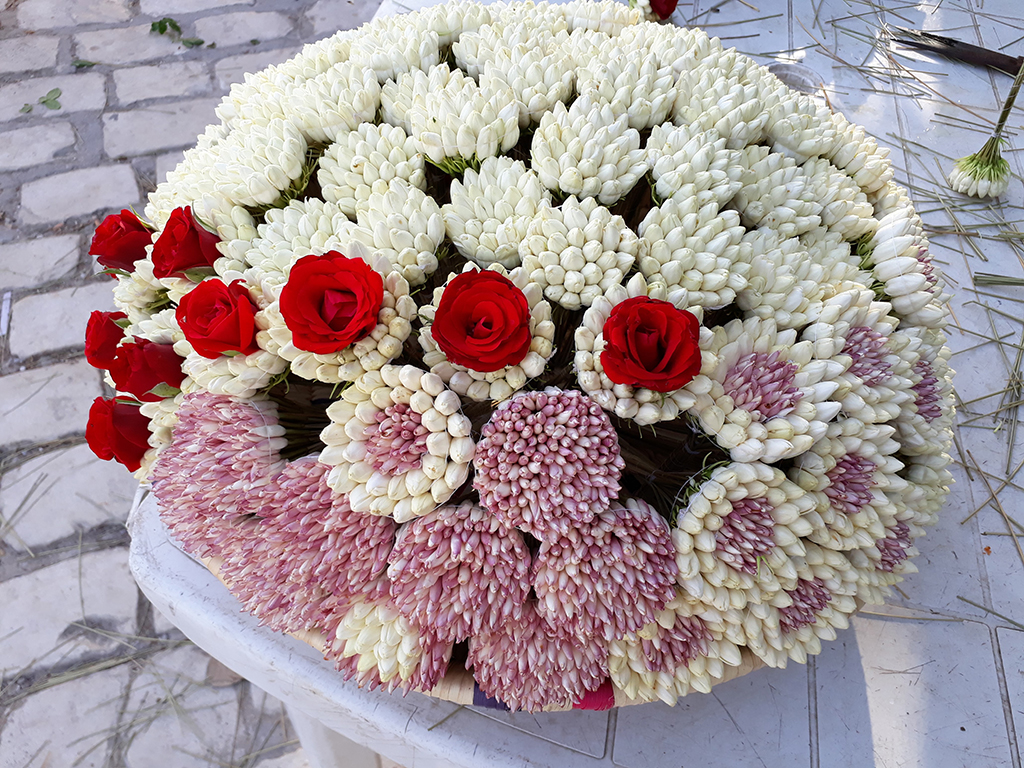
Tunisia is the world leader in the export of dates, here there is the largest oasis of date palms in the world – Djerid. It enjoys natural water supply with hot and cold thermal springs, and the total number of trees is about 150,000.

There are two functioning Orthodox churches in the republic belonging to the Moscow Patriarchate: the Alexander Nevsky Church in Bizerte, consecrated in 1936, and the Church of the Ascension of Christ in the capital, consecrated in 1956.
There are almost no jellyfish on the coasts that are closer to the northern part of the country (Hammamet and the regions, located higher on the map). The season of jellyfish is considered to be the month of August. The beginning of November is the olives harvest time in Tunisia. Chemical fertilizers are almost not used in cultivation, local olive oil is an organic product.
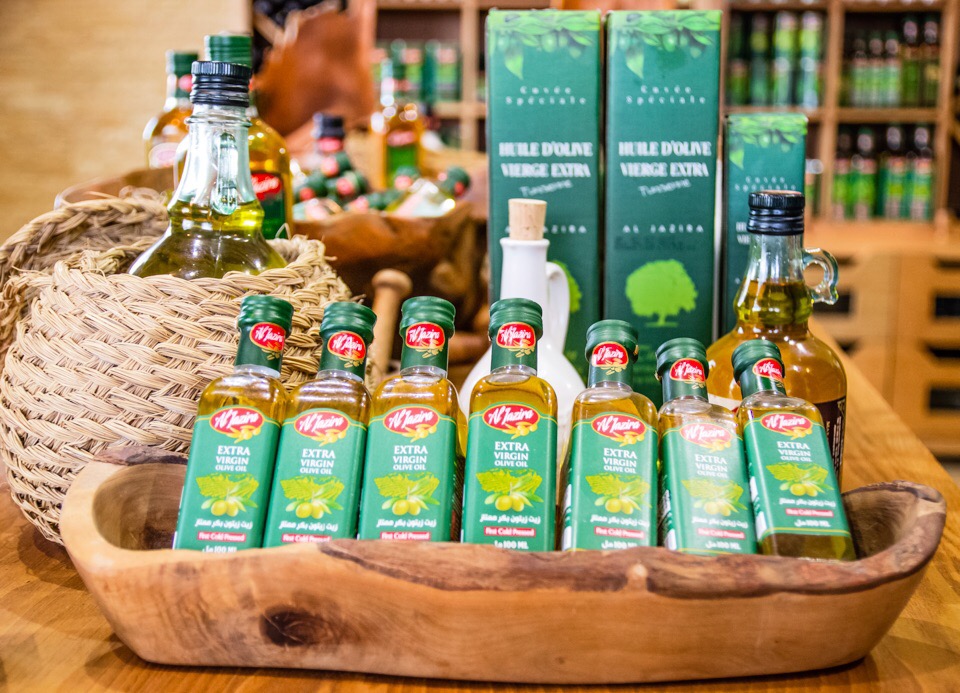
Due to the special composition of the soil, which is not typical of Africa, raspberries, strawberries and sweet cherries are grown here.
Throughout North Africa, the country is the main producer of cheese, which is equivalent to European cheese. Cows are bred in the north-west of the country.

Tunisia features rich vineyards, winemaking is one of the important components of culture, a special kind of wine is produced here – grey wine. The most popular is rose wine, one of the most famous brands is “Magon”.
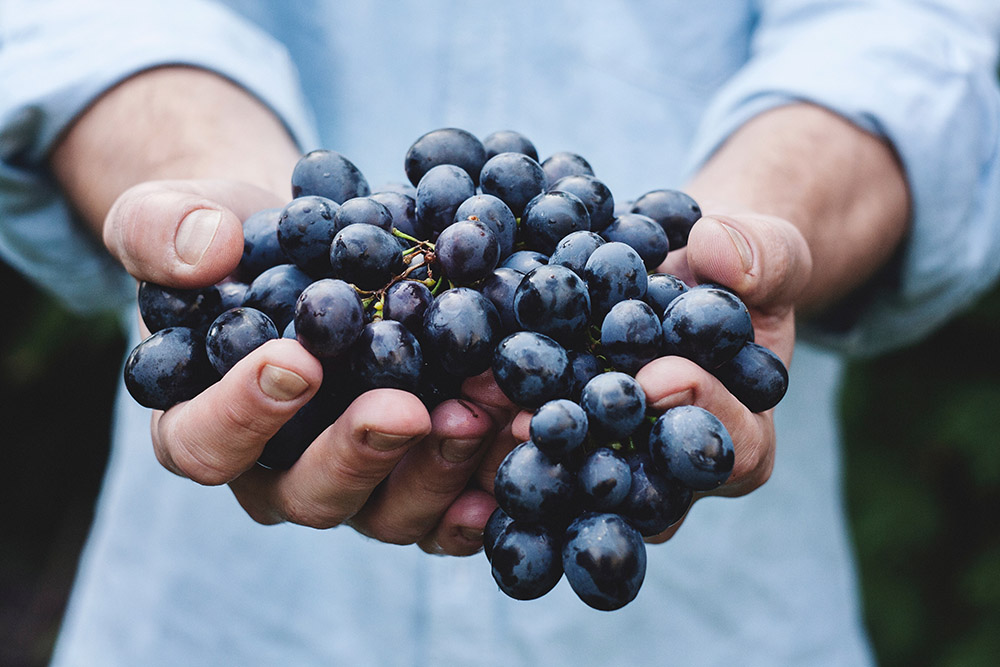


 05.05.2025
05.05.2025